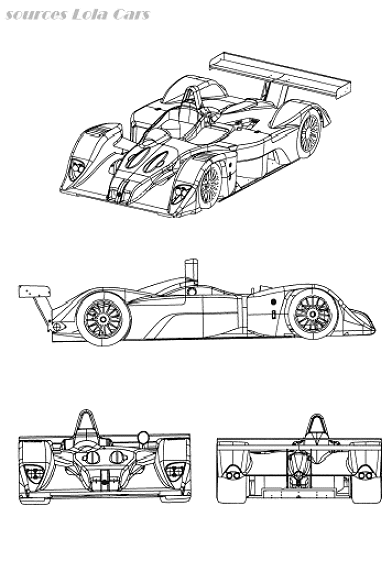
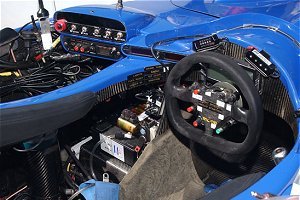
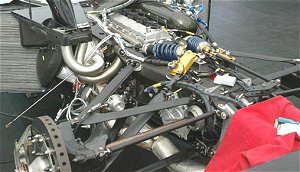
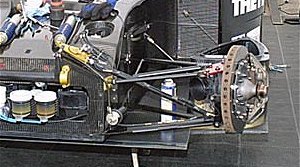
MG EX257 - B01/60
The MG Lola EX257 is a two seater, open cockpit sports racing car,
eligible for FIA Sports Car Championship, LMP675 class ( ALMS ) and Le Mans. Directly
derived from benefits gleaned with SR1 and SR2 winning chassis, coupled with
skilled and knowledge to produce an all new model in cooperation with MG. The
MG Lola sports is the first car designed exclusively to the LMP675 rules, car
will reach the speed of 215 mph and is a technically advanced and fast car.
Actually it had a power to weight advantage of 3.35 lbs./hp, compared to the
Audi's 3.63 lbs./hp.
The Lola MG sports car has been specifically dedicated to compete in what is the
toughest race of all, the 24 hours of Le Mans ( source Lola Cars )
Frank Dernie, Chief Engineer, Lola Cars International, said: "This is the most exciting project that Lola has done since I've been there. While the Champ Cars are great fun and very competitive this is something completely new because I don't think anyone has ever done a 675 car at this level".
Doug Bebb, Project Manager, Chamberlain Motorsport, commented: "This is the first 675kg category car that has been specially designed to meet the new regulations of Le Mans. It is a purpose built car with a brand new engine and a brand new way of manufacturing certain parts - everything is state-of-the-art. Meeting the weight limit has been a key challenge".
DESIGN / TECHNICAL SPECIFICATIONS
|
|
||||||||||||||||||||||||||||||||||||||||||||||||||||||||||||||||||||||
PLANS and DETAILS
 |
   |
See more aerodynamical details and considerations on Mulsanne’s corner site
| Along the developpement of the car, different solutions were tested to improved front dowforce. It apprears that a solution based on the Knighthawk configuration plus a new design of the front section side has been adopted by all teams. To be noted too: the extension of the rear part of the pontoons - only for Dyson cars - in some modification already tested on previous B2K10 model. | 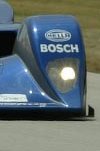
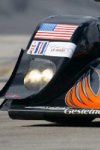 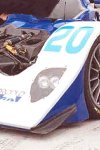
|
||
B01/60 - AER Turbo |
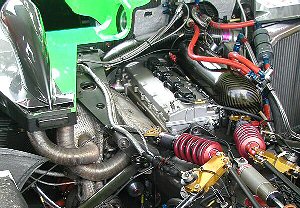 |
||
B01/60 - Judd After campaigning chassis 003 with the AER engine in 2002 and having blown 8 engines, team Intersport decided to switch to a normaly aspirated Judd. In order to be able to compete other contestants ( team Dyson ) based on reliability due to numerous engine and electrical problems suffered during the season. Update was performed when car was repaired in England after a major crash in pratice at Sears Point 2003 and took a full Lola denomination: Lola B01/60. Under this new configuration Intersport added a LMP675 class win at the last race of season 2003: Petit Le Mans in Road Atlanta. Car finished 2nd in class at the 1000 km in Le Mans without any failure during full week-end. |
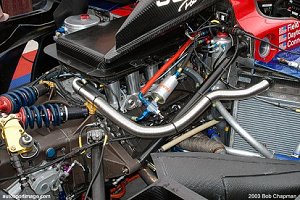 |